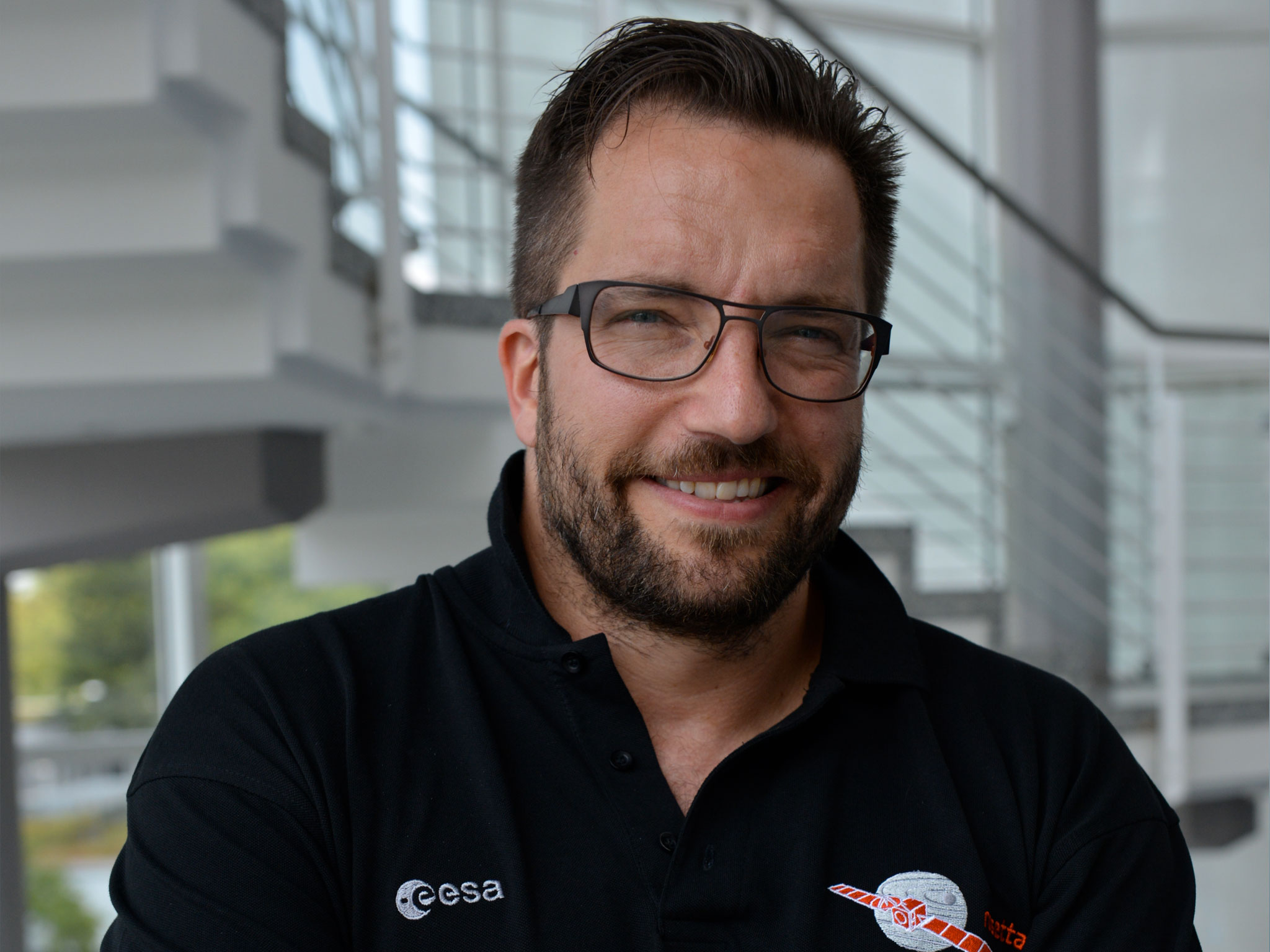Dr. Matt Taylor is a British astrophysicist currently working as ESA’s Project Scientist for the Rosetta mission. He is one of the most charismatic scientists at ESA, star in social media and a great fan of heavy metal what lead him to receive a Spirit Of Hammer Award from the Metal Hammer magazine this year. Before Rosetta he worked on a Double Star and Cluster missions that investigated Earth’s magnetosphere, and since 2013 he is a Project Scientist for the famous comet mission. We had an amazing opportunity to ask Matt a few questions about Rosetta, Comet 67P/Churyumov–Gerasimenko and a career in science:

Is there anything in particular that Rosetta science team would like to do now, that the higher risks can be taken as a mission comes to an end in September next year?
The extension of the mission into September next year was based on prolonging as far as possible our measurements as the comet moved away from the Sun and its activity reduces. This provides us with the maximum amount of data to address the prime goal of the mission to look at how a comet works. We will be attempting to look at new regions around the comet, and to use the experience we have gained in the last year to get as close as possible to the comet to make the best measurements of its environment and nucleus.
What could be expected in the best case from the mission in long term?
Rosetta has already begun to address the questions of how a comet works, its origin and its place with other small bodies of the solar system. For me, the key aspect of Rosetta is the entire dataset – so once the mission has completed, the mission pre- and post perihelion and what was different on the inbound and out bound leg of the orbit. It has already started to address big question related to the conditions at during the early and pre- solar system. For example, Rosetta has detected molecular oxygen. Oxygen is rather reactive and its detection and its abundance was a surprise. The observations demonstrated a strong correlation with water in the comet, and it was concluded that the water and oxygen were incorporated into the comet in the early protosolar nebula stage of the solar system. The results meant that certain models of solar system formation had to be re-thought. These results are consistent with other observations made by Rosetta of other molecules. Overall these results indicate that the comet is VERY old, really providing us with a window into the past, right to the beginning (or even before) the formation of the solar system.
In what way does 67P serve as a representative sample of comets, and in which way do you assume it doesn’t?
One of the big questions for the comet was how it got its shape. By examining the nucleus, the science team recognised a number of layers, or plateaus. These were compared to an onion. From analysis of the orientation of these layers, it is clear that the comet was formed from two comets in a low velocity collision. This layering has been observed on other comets (Tempel 1) and as such we consider that this layering indicates a common or similar formation mechanism in comets. One of the first published results of the mission examined the different “flavours of water” found on the comet, and how these compare to that found in other parts of the solar system, in particular Earth. In the early phases of solar system formation, the Earth “lost” its water. Something must have subsequently re-delivered it. Previous observations of comet and asteroids have shown them to be viable mechanisms, in terms of having “similar” water. Some Jupiter class comets display Earth like water, but measurements at 67P were shown to be very different. This indicates that comets played less of a role, but does not discount that they could be a mechanism to deliver organic material (building blocks, NOT life) which could have seeded life.
How certain can you be on the data that only Philae can obtain (not observable from orbit) are not site/comet specific?
Rosetta is fundamentally important in giving us indications of the GLOBAL view. There are diverse terrains on the comet, but the ongoing observations, in particular as we get closer and get the highest resolution measurements of the surface, will provide us with more information on how heterogeneous the comet is (or not). The magnetic field experiment took measurements over the entire lander science sequence, so in fact has measurements from along a path ~1 km long, so the lander data is not only from Abydos (final landing site). The first indications from the consert experiment, which probes the nucleus interior, suggests the comet is rather homogenous structurally down to 10 metre scales, at least the small lobe.
It’s been third ESA mission that you’ve been working for as a project scientist – can you tell us how does one become a project scientist? Any hints how to shape a career towards that goal?
I did not set out to be a project scientist. I did an undergraduate degree in physics during which time I decided I was interested in being a professional scientist. I choose space plasma physics as a PhD and once I had that I went on to do post doc work. During that time I realised that I most enjoyed working with groups of people and generating science activity, helping others do their science.
That is how I see the role of a project scientist. To ensure the science community as a whole gets the best out of a mission.
Basically, my tips are – do mathematics, stay in school, don’t drink too much booze and Star Wars is going to be awesome.
